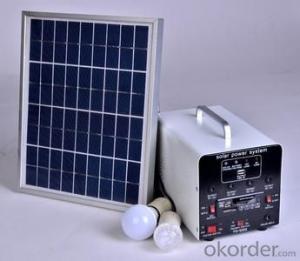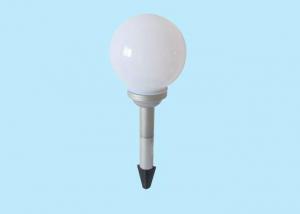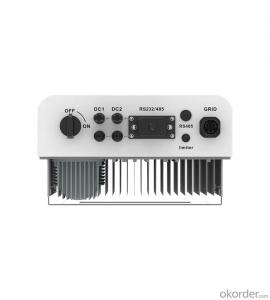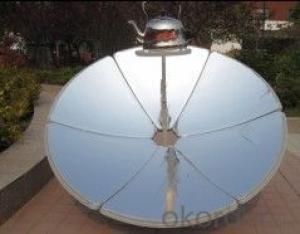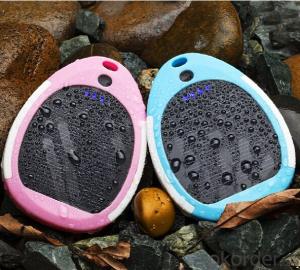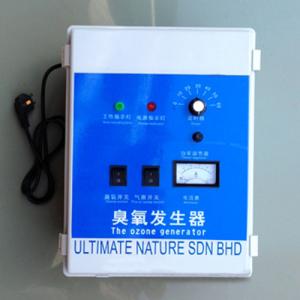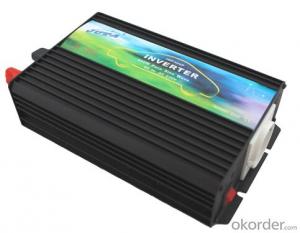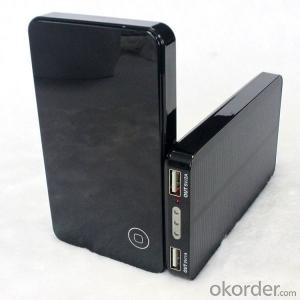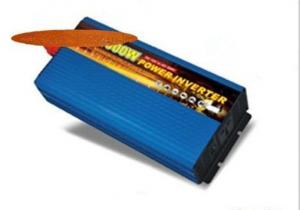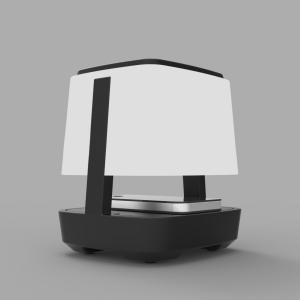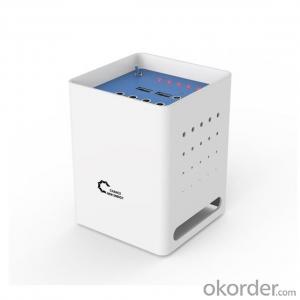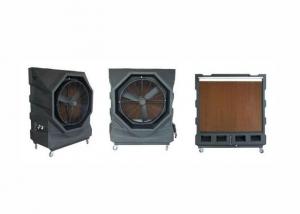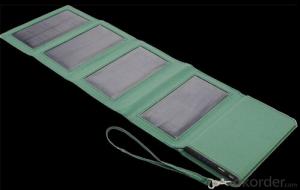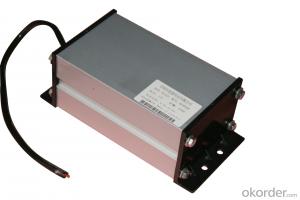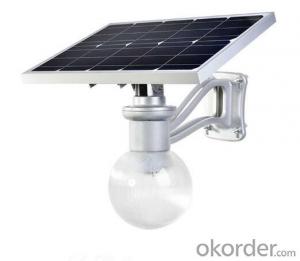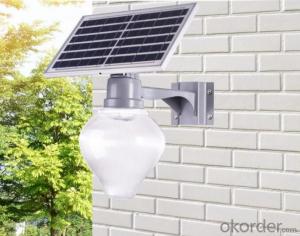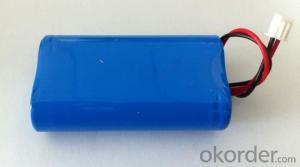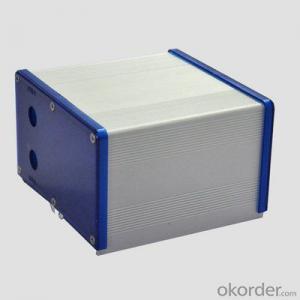Portable Solar Inverter
Portable Solar Inverter Related Searches
Portable Solar Power Inverter Portable Solar Panel Inverter Solar Power Inverter Portable Power Solar Inverter Solar Powered Power Inverter Solar Powered Inverter Mobile Solar Inverter Power Inverter Solar Solar Solar Inverter Solar Battery Inverter Solar Photovoltaic Inverter Solar Energy Power Inverter Battery Solar Inverter Outdoor Solar Inverter Solar Power Battery Inverter Solar Energy Inverter Inverter Solar Solar Rechargeable Inverter Inverter Power Solar Panel Solar Inverter Inverter For Solar Solar Panel Inverter Solar Plant Inverter Domestic Solar Inverter Household Solar Inverter Solar Based Inverter Solar Electric Inverter Wall Mounted Solar Inverter Inverter With Solar Input Cheap Solar Power InverterPortable Solar Inverter Supplier & Manufacturer from China
Portable Solar Inverters are devices that convert the energy harvested from solar panels into usable AC power. These inverters are compact and lightweight, making them ideal for a variety of applications such as camping, outdoor activities, and emergency power supply. They can be easily connected to solar panels and batteries to provide a reliable source of electricity, ensuring that users have access to power even in remote locations or during power outages.Portable Solar Inverters are widely used in various scenarios where a stable power supply is needed but grid electricity is not available. They are particularly useful for outdoor enthusiasts who require power for their electronic devices while camping or hiking, as well as for those living in areas with unreliable electricity. Additionally, these inverters can be employed in emergency situations, providing a backup power source during natural disasters or other events that disrupt the power grid.
Okorder.com is a leading wholesale supplier of Portable Solar Inverters, offering a vast inventory of high-quality products to meet the diverse needs of customers. With a commitment to excellence and customer satisfaction, Okorder.com ensures that each Portable Solar Inverter is thoroughly tested and certified to guarantee performance and reliability. By partnering with Okorder.com, customers can enjoy competitive prices, fast shipping, and exceptional customer service, making it a trusted choice for sourcing Portable Solar Inverters.
Hot Products
